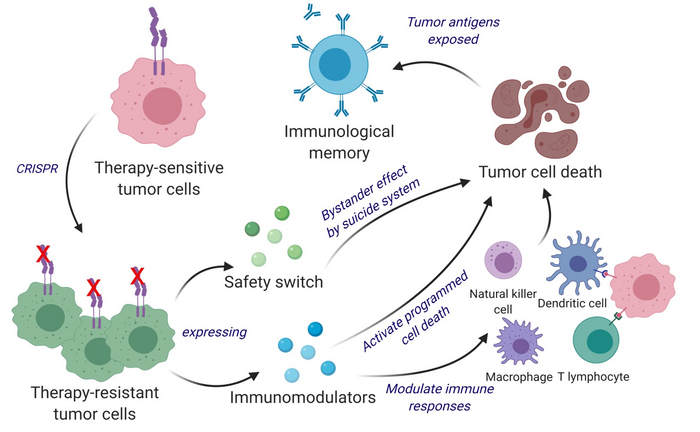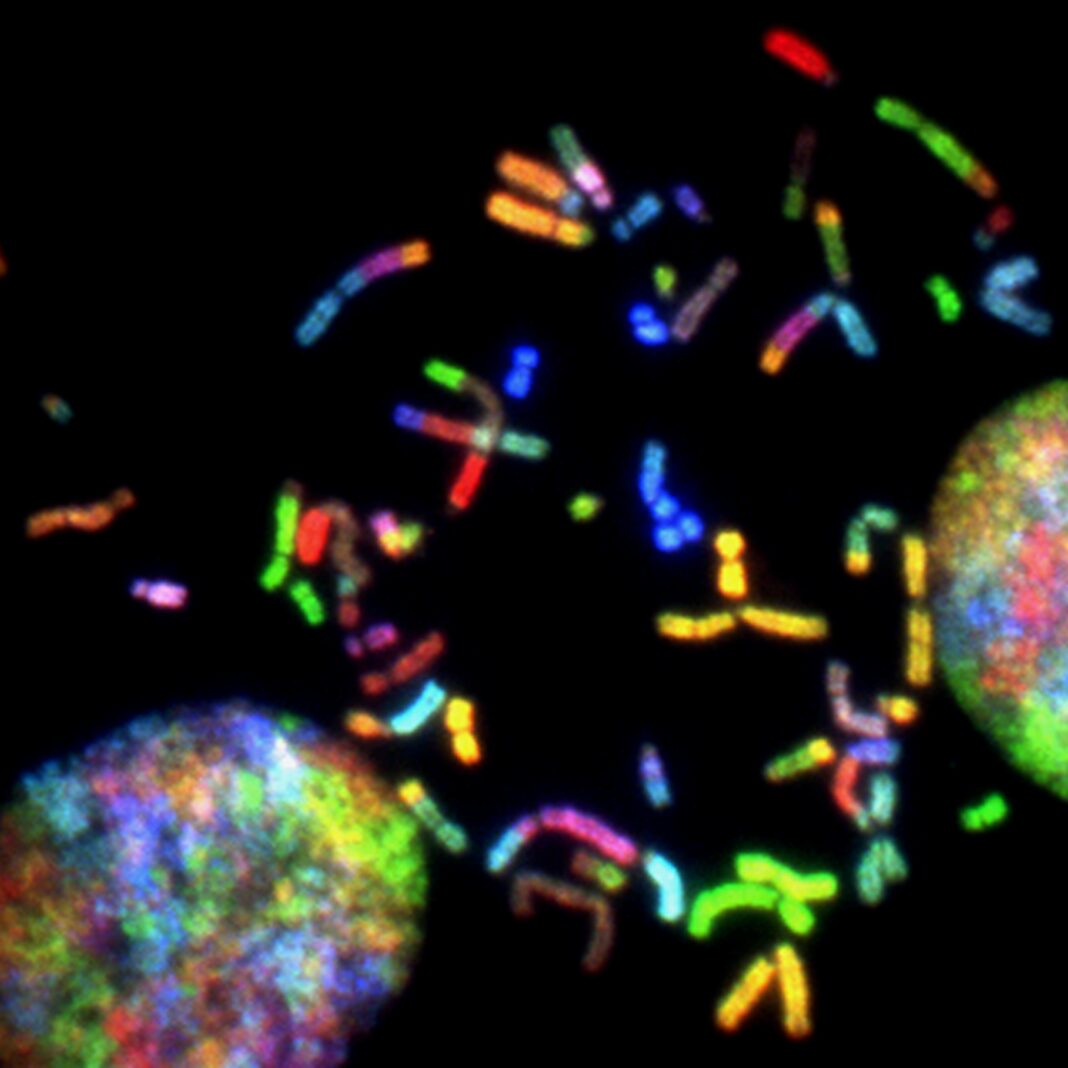In an exciting breakthrough, scientists have developed a cancer vaccine that can simultaneously kill existing brain tumors and train the immune system to prevent their recurrence. This dual-action cell therapy is a revolutionary approach to treating and preventing cancer, and could potentially lead to more effective treatments in the future.
The vaccine works by engineering two types of immune cells—T cells and natural killer (NK) cells—to target tumor cells. T cells are designed to recognize specific proteins on the surface of cancer cells, while NK cells release toxins that can kill nearby tumor cells. Together, these two types of immune cells work together in tandem to both directly attack brain tumors as well as train the body’s immune system to recognize and attack any cancerous cell it encounters in the future.
The research team conducted experiments using mice with glioblastoma, an aggressive form of brain cancer. They injected the dual-action vaccine into established tumors in the mice, which then went on to develop healthy new T and NK cells capable of recognizing and attacking tumor cells. The researchers found that when these engineered T and NK cells were injected into mice with newly implanted glioblastoma tumors, they were able to completely eradicate them in 60% of cases within just one week!
 Not only did this dual-action cell therapy effectively eliminate existing tumors, but it also trained the body’s immune system so that it was better equipped at detecting any nascent cancerous cell before it could grow into a full-blown tumor again. This means that this innovative approach could potentially be used as a preventative measure against future cancers as well as an effective treatment for existing ones.
Not only did this dual-action cell therapy effectively eliminate existing tumors, but it also trained the body’s immune system so that it was better equipped at detecting any nascent cancerous cell before it could grow into a full-blown tumor again. This means that this innovative approach could potentially be used as a preventative measure against future cancers as well as an effective treatment for existing ones.
This groundbreaking new dual-action cell therapy has potential implications for how we treat and prevent cancer going forward. It is still early days yet; more research still needs to be done before this novel approach can be safely used in humans. However, if these promising results pan out after further study, it could revolutionize how we think about treating cancers like glioblastoma – not only providing us with an effective way of killing existing tumors but also training our bodies’ own defenses so that we are better equipped at detecting any nascent cancerous cell before it takes hold again in future.
Featured Image: National Cancer Institute











